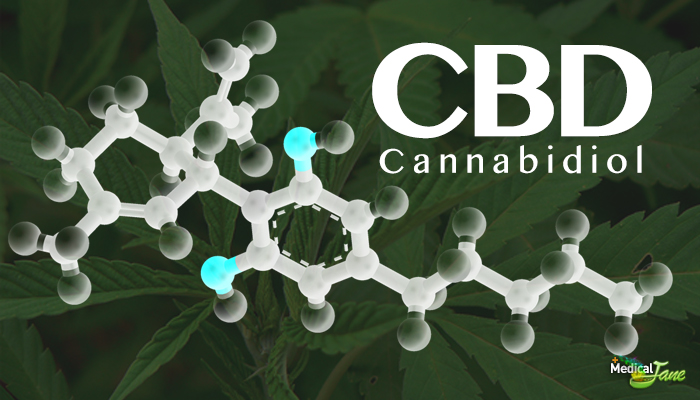“Cannabis sativa is a herb belonging to the Cannabaceae family, characterized by palmate leaves and numerous fibers. Its first record as a medicine dates back to 5000 years ago and it was found in China, where cannabis was used for a myriad of purposes and diseases, including malaria, neuropathic pain, nausea, sexual dysfunction and constipation.
The use of cannabis spread from Central Asia and deeply influenced Indian folk medicine. However, sedative and psychotropic effects of cannabis turned it into a recreational drug. This fact resulted in discrimination against the consumption of the cannabis plant and its derivatives, which delayed the scientific findings in this field…
In recent years, a growing interest has been dedicated to the study of the endocannabinoid system. The isolation of Cannabis sativa main psychotropic compound, Δ(9)-tetrahydrocannabinol (THC), has led to the discovery of an atypical neurotransmission system that modulates the release of other neurotransmitters and participates in many biological processes, including the cascade of inflammatory responses.
In this context, cannabinoids have been studied for their possible therapeutic properties in neuroinflammatory diseases. In this review, historic and biochemical aspects of cannabinoids are discussed, as well as their function as modulators of inflammatory processes and therapeutic perspectives for neurodegenerative disorders, particularly, multiple sclerosis.
Cannabinoid compounds may be extracted from the plant (phytocannabinoids) or be artificially obtained (synthetic cannabinoids)…
To date, it is still impossible to prove or rule out all benefits of cannabis described empirically by ancient herbal practitioners. For now, science aims to understand how cannabinoid compounds are associated with neuroinflammation and how cannabis-based medicine can help millions of patients worldwide.”



